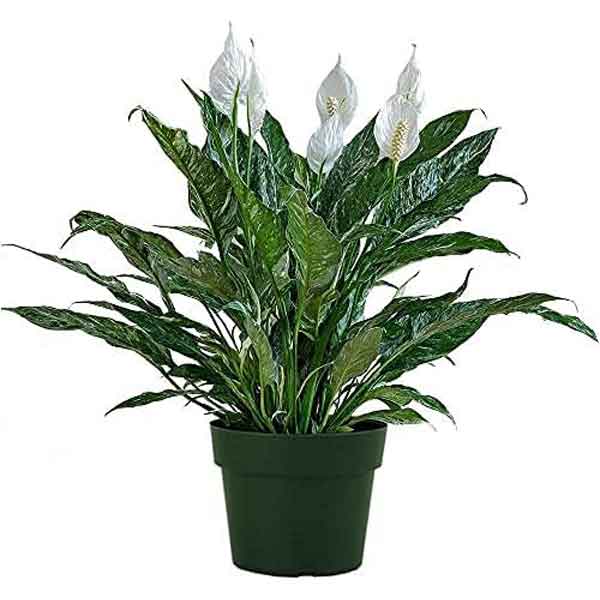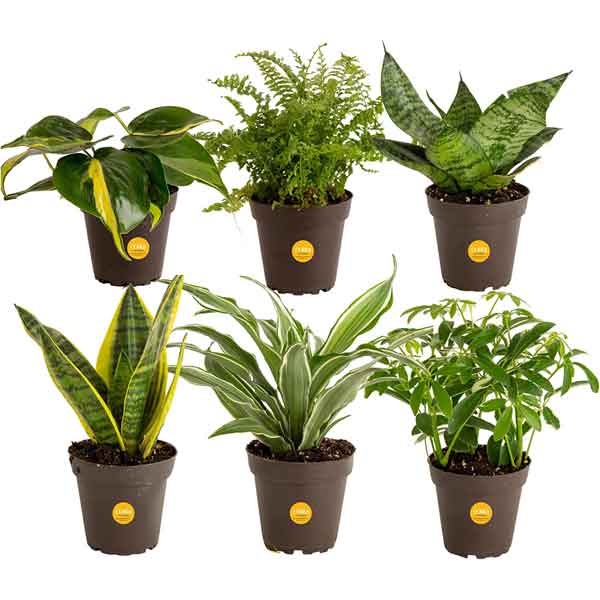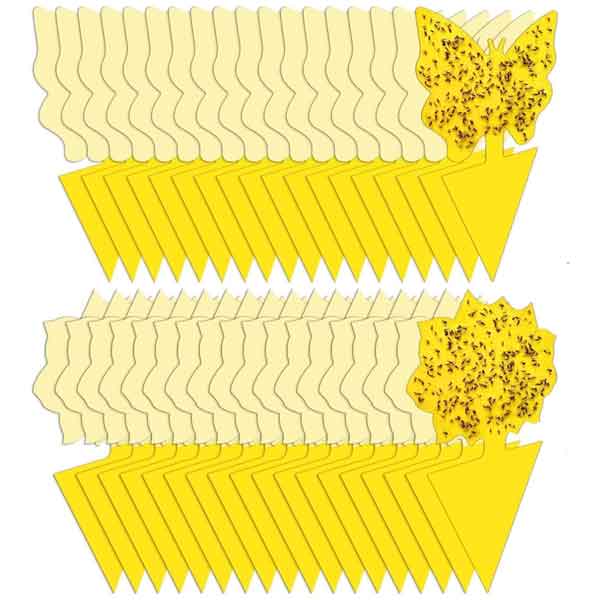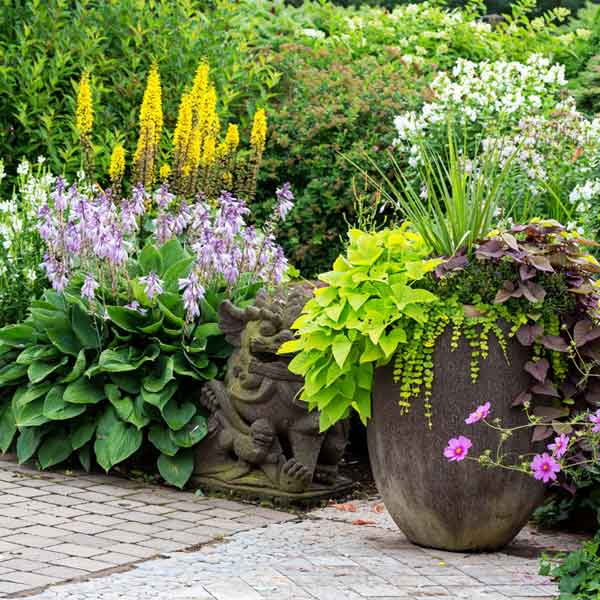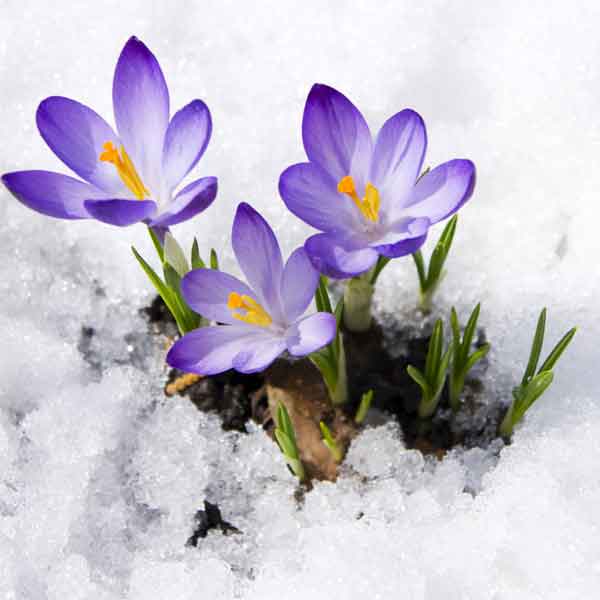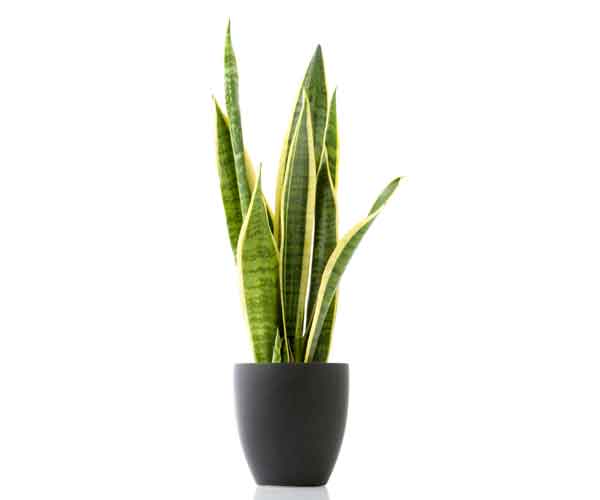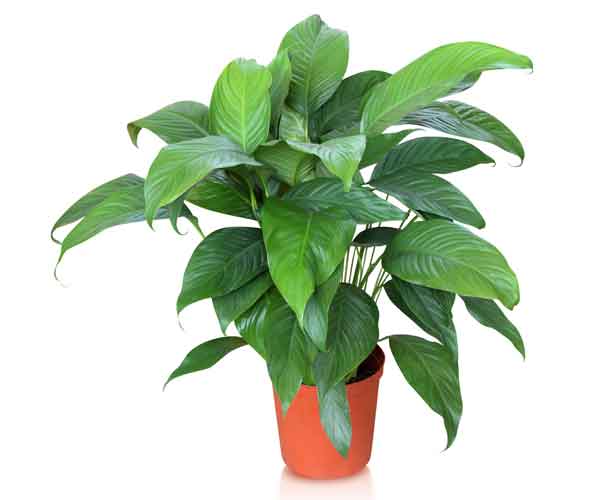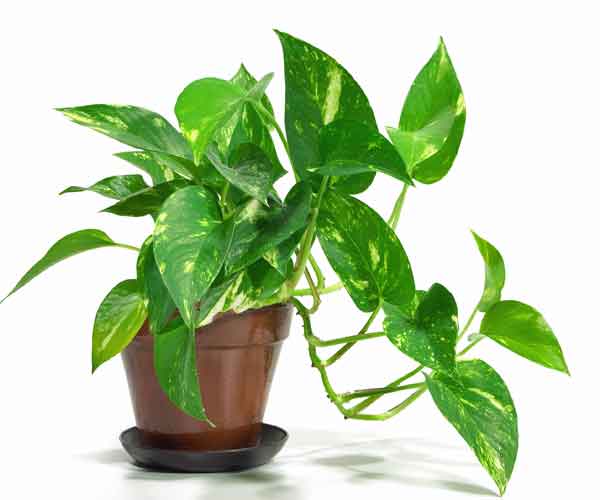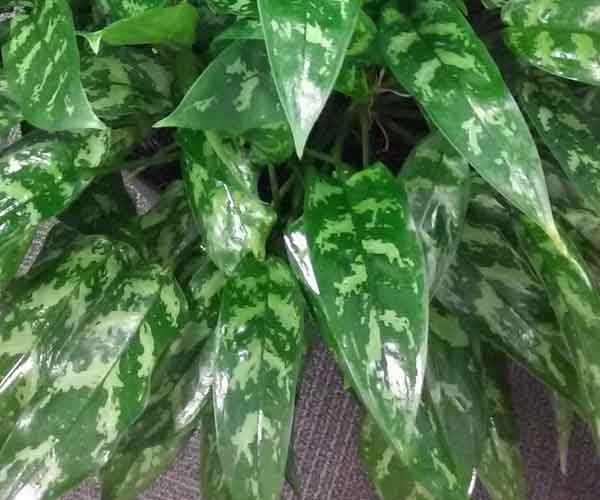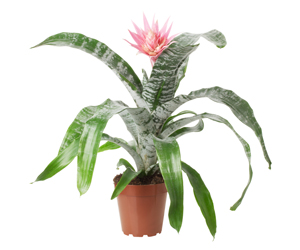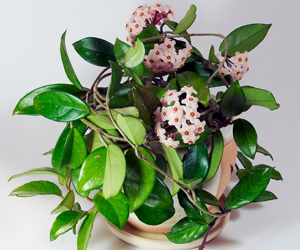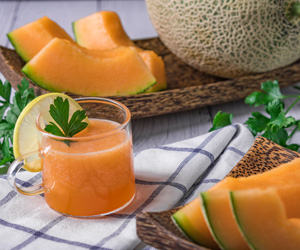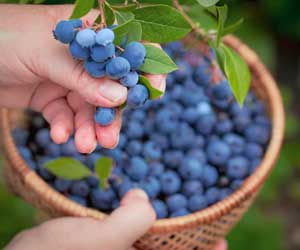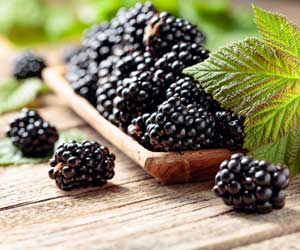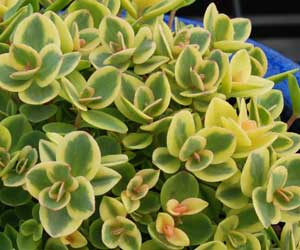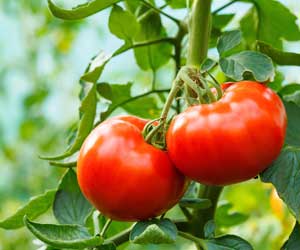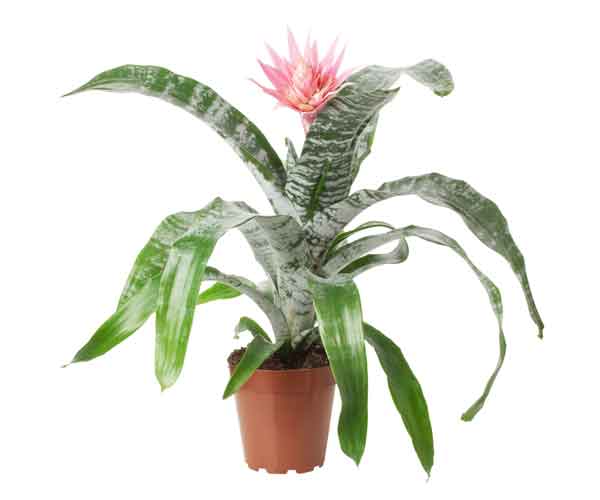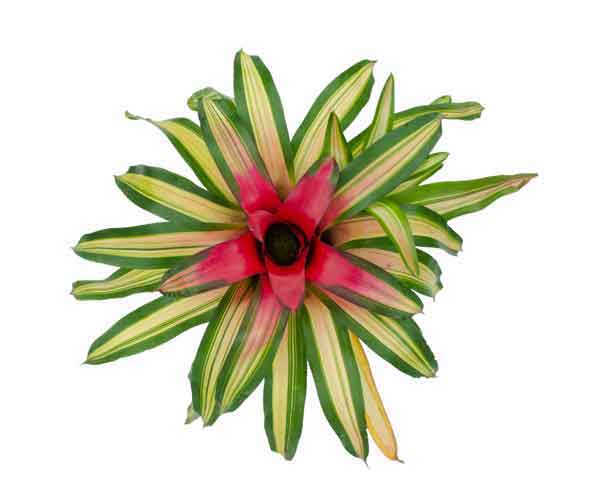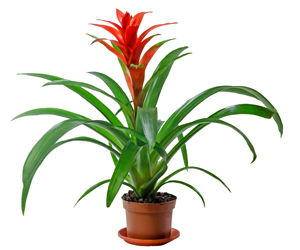Watering Chinese Evergreen
House Plants Flowers
Watering tropical Chinese Evergreen plants properly, especially at home, can be tricky. Watering problems are the main cause of death with indoor plants. Often this would be from over watering but if you are not caring for your plants on a regular schedule, under-watering can be a problem. Advice that give you watering intervals, amount of water, etc. are really not reliable.

Watering Chinese Evergreen Plant
In order to remain healthy, the root system of your Chinese Evergreen plant needs air as well as water. When the root system of your plant is constantly saturated, the roots are deprived of oxygen and will begin to die.
Over watering is generally caused by watering your plants too often, not allowing the planting media to dry somewhat. Root damage from over watering happens over an extended period of time and you may not see the damage until your house plant starts to collapse because the roots can no longer do their job of taking up water for your Chinese Evergreen house plant.
Caring for thousands of Chinese Evergreen plants as a "Plant Lady", I know that the only way to determine if a plant needs water is to check the moisture level in the soil at regular intervals. Every plant is different and only you can tell if your plant needs to be watered. I know you love your plants but too much love (i.e. water) can kill them! That being said, please read on, Plant Lover.
Ads By Google
Your Chinese Evergreen plant needs a healthy root system for lush, vibrant foliage so if you see signs of problems on your leaves, check the roots for problems.
To determine if your Chinese Evergreen plant needs water just insert your fingertip into the soil. Moist soil will cling to your skin and is usually darker than dry soil. With larger pots you can pull out a little soil and squeeze it into a ball in your hand. If it is moist, it will hold together.
Learning the weight of your plants when they are dry and when they are wet can also help in deciding if it is time to water. I make it a habit to lift my plants to help determine if they are dry (very light) or wet (very heavy) or somewhere in between.
If you have a plant in a 10" diameter pot or larger, it is a good idea to use a soil probe or a moisture meter to check the growing medium before watering your Chinese Evergreen plant. These are not expensive and have the advantage of aerating the root mass as you use it, which is great for your plant's root system.
With larger grow pots it is necessary to let the soil dry down much more than with a small grow pot. Use a soil probe or moisture meter and a good rule of thumb would be to water when the soil is dry down to the bottom quarter of the grow pot. In other words, the top three fourths of the soil mass can be allowed to dry out before your water your Chinese Evergreen house plant.
While over watering is a big problem, insufficient watering or letting your Chinese Evergreen plant wilt on a regular basis is not good for it. This will most likely cause browning or spotting of the foliage over time so be sure to check them on a regular schedule. Pay attention to visuals signs such as mild wilting, browning tips, etc. and you will soon learn how to gauge when your plants require watering.
Home Garden Plants Flowers
Amazon Affiliate Links - May Earn Commission - Thanks!
The amount and interval of watering for each plant is different and depends on a variety of factors. These include the type of plant, the grow pot size, the light intensity, the time of year, the amount of foliage, the growing medium, the micro environment and the overall health of the plant.
For instance, a plant set next to an air vent is going to require more frequent watering than one that is not. Plants that have been moved to a new environment often use more water as they acclimate to new conditions. A plant with an abundance of foliage is going to require much more moisture than a very thin plant. All of these things should be considered as you make the decision on whether to water or not.
The correct way to water any container plant is to water thoroughly when you water. You can immerse the entire pot and rootball into standing water until all the air has been displaced from the soil or you can top-water using a watering can. When top watering, be sure to completely moisten the soil all the way to the edge of the container and water until water runs out of the drainage holes.
When using the top-water method, make sure to water until the water drains out of the grow pot through the drainage holes. Plants should always be in a container with drainage holes at the bottom. Aerating the soil with a soil probe is also very beneficial. Make sure that any excess water is discarded. Your plant should then be allowed to dry down as much as possible without causing your plant to wilt.
One of the "secrets" of the interior plant industry is that we work on a regular schedule. We visit each account on a certain day and we do not see those plants again until the next scheduled day. Most of the larger indoor landscape companies work on a two-week schedule. This is usually more than adequate for most indoor foliage plants.
So first you should put your own plants on a schedule. You can start with once a week and if you find your plants don't need water every week, you can move to every two weeks. It is hard to say exactly how much and how often you will water your plants because this will vary throughout the year and throughout the plant's life.
Remember that many house plants are in a stage of no or very slow growth in the winter and should be allowed to become somewhat drier. I have had plants that did not need to be watered at all in the winter months, after a good soaking in the fall. If you pay attention to your plants you will notice that as the daylight changes throughout the year, your plants water use will change accordingly. Please note that some plants use more water temporarily as heating systems are turned on in the colder months. Using a moisture meter to check your Chinese Evergreen plants can be a big help in determining whether or not to water your indoor plants.
Aglaonema Plant Variety Links
⚘ Aglaonema Black Lance ⚘ Aglaonema Brilliant ⚘ Aglaonema Calypso ⚘ Aglaonema Cecelia ⚘ Aglaonema Christina ⚘ Aglaonema Cutlass ⚘ Aglaonema Diamond Bay ⚘ Aglaonema Emerald Bay ⚘ Aglaonema Emerald Beauty ⚘ Aglaonema Emerald Holiday ⚘ Aglaonema Firecracker ⚘ Aglaonema Gemini ⚘ Aglaonema Gold Dust ⚘ Aglaonema Golden Bay ⚘ Aglaonema Green Lady ⚘ Aglaonema Indo Queen ⚘ Aglaonema Jewel of India ⚘ Aglaonema Jubilee ⚘ Aglaonema Jubilee Petite ⚘ Aglaonema Key Largo ⚘ Aglaonema Lumina ⚘ Aglaonema Maria ⚘ Aglaonema Mary Ann ⚘ Aglaonema Moonlight Bay ⚘ Aglaonema Romeo ⚘ Aglaonema Siam ⚘ Aglaonema Silver Bay ⚘ Aglaonema Silver Queen ⚘ Aglaonema Silverado ⚘ Aglaonema Sparkling Sarah ⚘ Aglaonema Sterling ⚘ Aglaonema Stripes ⚘ Aglaonema Tigress ⚘ Aglaonema White Rain ⚘
Ads By Google
Plants & Flowers
Easy House Plants
Home Gardening
Bromeliad House Plants
Social Media Pages
Plants Flowers
on Twitter
Tweets by plantcare2
PFI Facebook Page
Home and Garden
Houseplant Care Question?
Questions about your indoor house plants or plant care problems? You can send a house plant question, free of charge, no sign ups, registration or log in required!
Before you send a houseplant care question, please be sure to read this information on watering your indoor house plants, how to help keep your your indoor house plants root system healthy and lighting for your indoor house plants and flowers. These are most important for the health of your house plants and this is some of the information I will refer you to if you send an indoor house plant or flower care question.
You can post comments, find answers to plant care questions, or share some of your own plant wisdom on our plant care Facebook Page, Twitter page or visit my plant care blog. You can also find plant pictures, gardening ideas, and more at our plant and flower Pinterest page.
Thanks for visiting and come back soon as houseplant care information, pictures and more are being added all of the time. I hope that your indoor tropical house plants and all of your plants and flowers are happy, green and growing because that is why I started this indoor house plant and flower care website, PlantAndFlowerInfo.com.
Common House Plants Flowers Care Guide
Indoor Plants Pictures Names ⚘ Best Indoor Plants ⚘ Adiantum Fern Care ⚘ Aechmea Bromeliad Plant ⚘ Aglaonema Plant Care ⚘ Aglaonema Maria Plant Care ⚘ Aglaonema Silver Queen Plant Care ⚘ Aglaonema Silver Bay Plant Care ⚘ Anthurium Plants ⚘ Aphelandra Plant ⚘ Arboricola Plant Care ⚘ Aspidistra Plant Care ⚘ Asplenium Nidus Plant Care ⚘ Basic Houseplant Care ⚘ Birds Nest Ferns Plant Care ⚘ Boston Ferns Plant Care ⚘ Botanical Calendars ⚘ Bromeliad Plants ⚘ Build A Greenhouse ⚘ Buy Greenhouse ⚘ Buy House Plants ⚘ Cast Iron Plant ⚘ Chinese Evergreen Plant Care ⚘ Chlorophytum Plant Care ⚘ Codiaeum Houseplant Care ⚘ Corn Plant Care ⚘ Croton Plant Care ⚘ Devil's Ivy Plants & Care ⚘ Dieffenbachia Plant Care ⚘ Dracaena House Plant Care ⚘ Dracaena Janet Craig Plant Care ⚘ Dracaena Marginata Plant Care ⚘ Dracaena Warneckii Plant Care ⚘ Dumb Cane Plant ⚘ English Ivy Hedera ⚘ Ferns Plant Care ⚘ Ficus Trees Plants ⚘ Fittonia Plant Care ⚘ Flower Calendars ⚘ Heart Leaf Philodendron ⚘ Hedera English Ivy ⚘ How to Care for Marble Queen Pothos ⚘ Hoya House Plants ⚘ Lady Palm Plant ⚘ Lucky Bamboo House Plant Care ⚘ Maidenhair Ferns ⚘ Marble Queen Pothos ⚘ Marginata ⚘ Money Tree Plant Care ⚘ Mother In Law Tongue Plant Care ⚘ Names Pictures of Plants ⚘ Nephthytis ⚘ Norfolk Island Pine ⚘ Orchid Flowers ⚘ Palm Plants ⚘ Peace Lily Care ⚘ Philodendron "Brasil" Plant Care ⚘ Philodendron Cordatum ⚘ Philodendron Silver Care ⚘ Plant Calendars ⚘ Poinsettia Plant Flower Care ⚘ Pothos Plant Care ⚘ Rhapis Palm Plant Care ⚘ Sansevieria Plant Care ⚘ Schefflera Plant Care ⚘ Self-Watering Planters ⚘ Care of Silver Bay Plant ⚘ Snake Plant Care ⚘ Spathiphyllum Care ⚘ Spider Plant Care ⚘ Care of Syngonium Plant ⚘ Succulent Plant Care ⚘ Warneckii Plant Care ⚘ Weeping Fig Tree ⚘ Zebra Plant ⚘ ZZ Plant House Plant Care ⚘ Plant Links
Other Plant Flower Links
Best Indoor Plants ⚘ Indoor House Plants Pictures Names ⚘ Water Indoor Plants ⚘ Lighting Indoor Plants ⚘ Bonsai Plants ⚘ Common House Plants ⚘ Indoor Palm Plant Care ⚘ Orchids ⚘ Pets & Plants ⚘ Buy Tropical Orchids Orchid Care ⚘ Plant Flower Gifts ⚘ Buy Plants Flowers ⚘ House Plant Guide ⚘ How To Books ⚘ Flowers Plants Poster Prints ⚘ Orchid Art & Posters ⚘ Gardening Calendars ⚘ Greenhouse Books-Gardening
